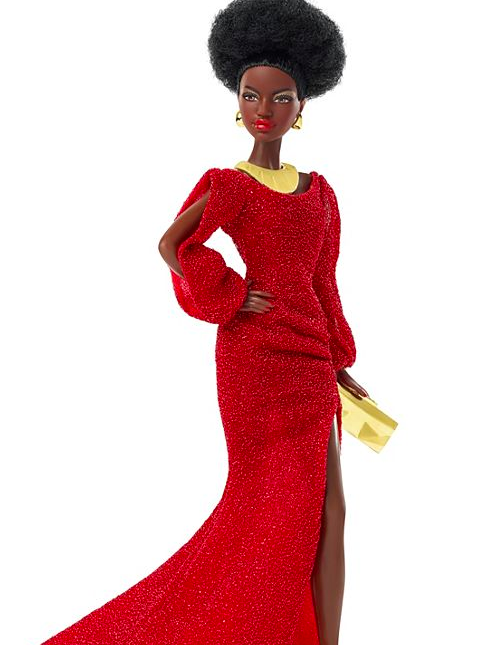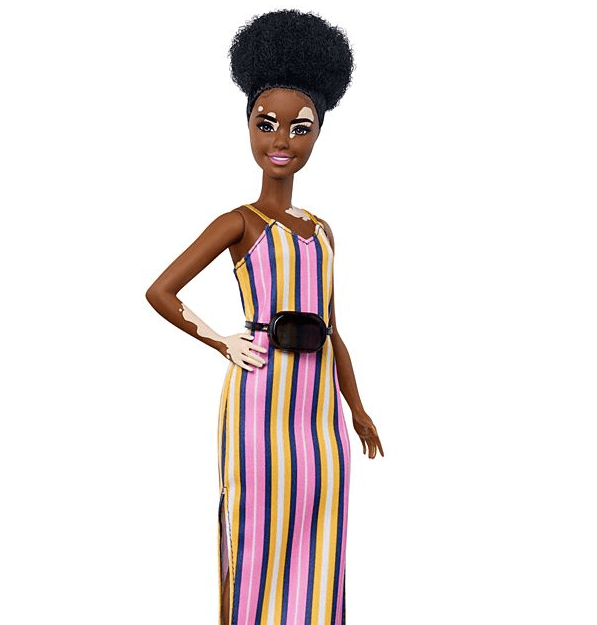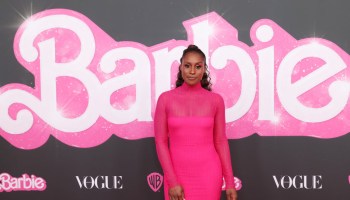
Source: Mattel
Pre–Black Barbie era, most Black girls believed European dolls to be the criterion since that’s all they saw and knew. They were oblivious that the blonde-haired, blue-eyed toy was subconsciously reinforcing a beauty standard that denounced the one they saw in the mirror. That is until some were fortunate enough to get their hands on Black doll pioneers like Patty-Jo, Francie, or even Christie. This changed the game for many Black girls, giving them a sense of self by seeing their beauty reflected.
In the 60s my sister and I played with our Barbies for hours. We loved being together and playing with our Barbies. When Francie was introduced in 1967, we were so excited to get her. My mother brought each our very own Francie! Finally, a doll that looked like us. -Joanne Jefferson, Black Barbie Collector
Black Barbie Was A Self-Esteem Revolution
There was a time when it was rare to see images in magazines, stores, or advertisements that resembled a Black girl’s skin tone, hair texture, or facial features. The European beauty standards that were (and still are) perpetuated by society dismissed Black girls and Black women’s aesthetics completely. This social construct set the tone for many Black girls’ self-esteem or lack thereof.
As a young girl, seeing Christie around affirmed my admiration for other melanated women and girls. She looked like my mom and my cousins. Seeing that level of representation on a large scale really boosted my confidence. Christie was the only Barbie I ever really wanted to play with because she looked like me. – Chaila Scott, Black Barbie Fan
When Black Barbie hit the market in 1980, it was a self-esteem revolution for little Black girls. Equipped with smooth brown skin, thick hair, striking features, and fierce fashion, she was a reminder that Black was ravishing. To see Black Barbie on a shelf at the store or in a television advertisement invoked feelings of acceptance in Black girls, giving them the audacity to believe Black beauty was mainstream.
These days, Barbie’s diversity has reached new levels of inclusivity. There are Barbies with various skin tones, Black Shero Barbies, Barbies with different body types, and even Barbies with vitiligo, alopecia, and more.
She is every woman, and today she looks like every woman…. There are Barbies of all shapes, sizes, and colors. Yes, back in the late seventies, it wasn’t like that, but even back then, my feminist self saw a woman in charge. Like it’s Barbies world. – Tricia Griffith, Black Barbie Collector

Source: Mattel / Mattel
The Barbie movie dropped July 21, and we are pleased to see Issa Rae portray a Barbie character. This is evidence that the world has evolved regarding inclusion, and yet, we still have more to do.
DON’T MISS…
Black Barbie Played A Positive Role In Shaping Little Black Girls’ Self-Image was originally published on hellobeautiful.com
















